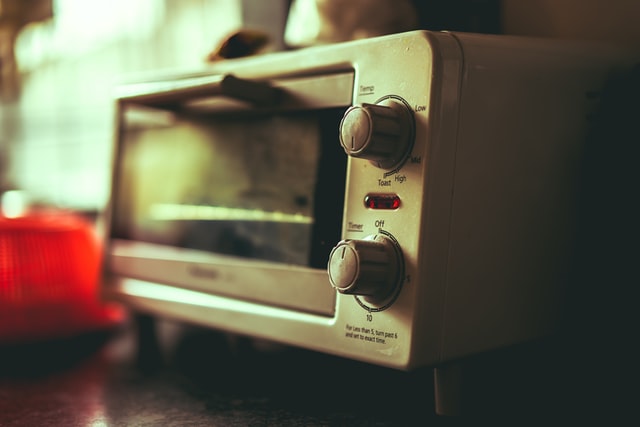from NPR.org
May 6, 2021
by Todd Bookman
Cars begin lining up outside the Goodwill donation center in Seabrook, N.H., around 10 a.m. most mornings.
Well-intended patrons are here with truckloads full of treasures.
“We hope everyone brings great things that help our programs, but we know some people make some questionable judgments about what is good to donate,” explains Heather Steeves, spokesperson for the 30 Goodwill locations in New Hampshire, Maine and Vermont.
She holds up “a lampshade, which is stained and disgusting and literally falling apart.”
There’s a small table missing a leg, cracked purple food-storage containers and a used sponge. They’re just a representative sample of the useless stuff dropped off the day before.
Along with simply being gross, these items cost Goodwill money.
“All this trash adds up to more than $1 million a year in a trash bill, and it’s been growing every year for the past five years,” says Steeves. And that’s just for the 30 stores she oversees.
Read the rest on NPR.org.

